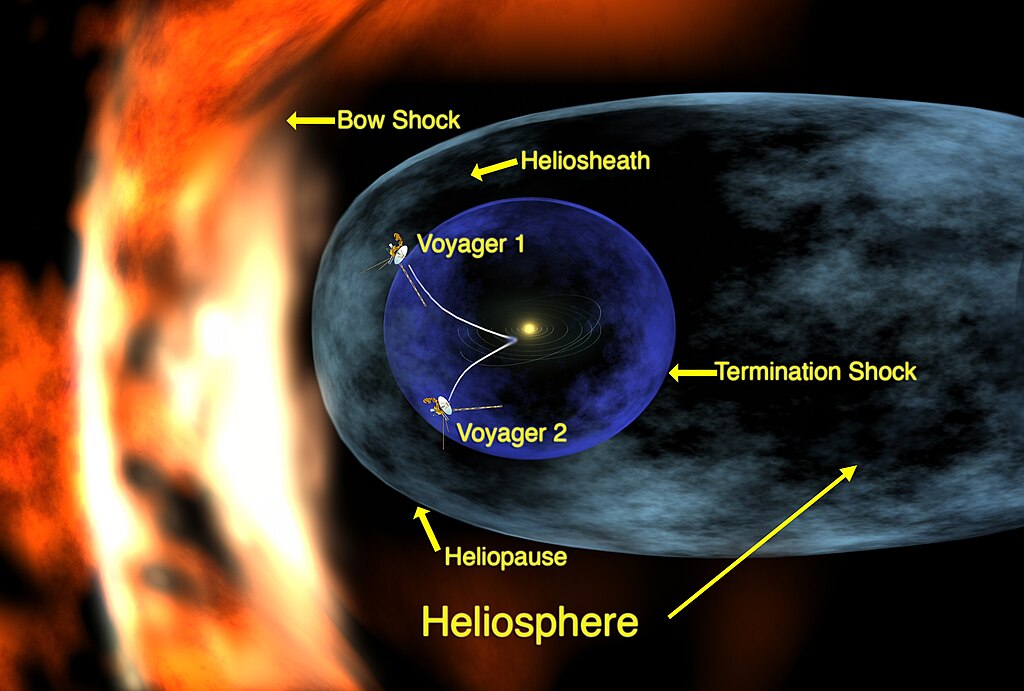Post
by MarkBour » Sat Apr 16, 2016 8:37 pm
In any case, this is a fascinating system for propulsion. I'm wondering what keeps the tethers extended? Is there a rotation? Wouldn't there be some drag on a rotation that would require continual energy addition to keep it going? Over time, would the tethers necessarily become damaged, or misshapen? Would the spacecraft be able to have some spares that could be deployed, and damaged tethers released?
Three systems were compared: ion-thrust, which we now know works well, a photonic reflective solar sail (L-Sail, perhaps?), and this E-Sail (that's a name they used for it that may stick). What are the comparisons of possible payloads? Why do they suggest that ion thrust would have to stop after about 5 AU? Can't we just build a bigger one and have it go longer? Would it be worth considering a combination: An E-Sail or solar sail that carried an ion-thrust ship to the heliopause, and then it used ion-thrust from there, for as long as it could. In such a case, turning on the ion-thrusters right away from Earth might also be fine, but I think that would most likely reduce the value of the sail, wasting its thrust.
What happens to the E-Sail past the heliopause? Has Voyager detected anything that would amount to a cross-wind once past that point? Currently, the Voyager I craft is sensing a thicker plasma. Surely the E-sail could be deactivated in that instance, it might even be worth it to try to retract the tethers until deceleration. Especially if interstellar space has enough particles and/or fields that might damage the system over a long journey. We would have no chance to communicate with it to tell it to extend again when the time is right, it would have to be robustly autonomous well beyond our current achievements. I mean, a system flying to the nearest star would have to take an action after a century in space (or longer), and too far from us to talk in any reasonable time frame.
But the APOD only referred to it as an interesting way to get to the heliopause. As far as I can tell, this system is not yet any kind of candidate for a true interstellar voyage. If it achieved say, 3 times the speed of Voyager, that's still (I compute) about 25,000 years to get to the nearest star at around 4.3 light years.
Mark Goldfain
 Heliopause Electrostatic Rapid Transit System
Heliopause Electrostatic Rapid Transit System